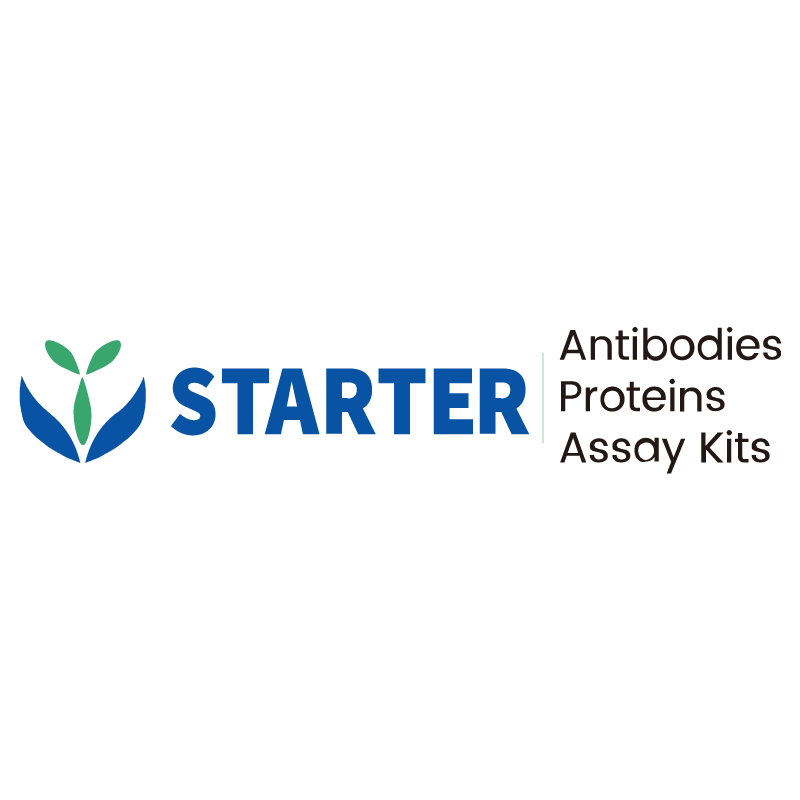Immobilized Rat IFN-γ Protein, His tag at 4 μg/mL (50 μL/well) can bind Recombinant Mouse IFNGR1 (C-Fc) with EC50 of 28.22-36.34 ng/ml.
Product Details
Product Details
Product Specification
| Species | Rat |
| Synonyms | Interferon gamma, IFN-gamma, Ifng |
| Accession | P01581 |
| Amino Acid Sequence | Protein sequence (P01581, Met1-Cys156, with C-His tag) MSATRRVLVLQLCLMALSGCYCQGTLIESLESLKNYFNSSSMDAMEGKSLLLDIWRNWQKDGNTKILESQIISFYLRLFEVLKDNQAISNNISVIESHLITNFFSNSKAKKDAFMSIAKFEVNNPQIQHKAVNELIRVIHQLSPESSLRKRKRSRC |
| Expression System | HEK293 |
| Molecular Weight | Predicted MW: 19.6 kDa Observed MW: 19-25 kDa |
| Purity | >90% by SDS-PAGE |
| Endotoxin | <0.1EU/μg |
| Conjugation | Unconjugated |
| Tag | with C-His tag |
| Physical Appearance | Lyophilized Powder |
| Storage Buffer | Lyophilized from a 0.2 μm filtered solution of 0.2M PBS, pH7.4. |
| Reconstitution | Reconstitute no more than 1 mg/mL according to the size in deionized water after rapid centrifugation. |
| Stability & Storage | 12 months from date of receipt, -20 to -70 °C as supplied. |
Background
Interferon gamma (IFNG or IFN-γ) is a dimerized soluble cytokine that is the only member of the type II class of interferons. Through cell signaling, interferon gamma plays a role in regulating the immune response of its target cell. A key signaling pathway that is activated by type II IFN is the JAK-STAT signaling pathway. IFNG plays an important role in both innate and adaptive immunity. Type II IFN is primarily secreted by adaptive immune cells, more specifically CD4+ T helper 1 (Th1) cells, natural killer (NK) cells, and CD8+ cytotoxic T cells. The expression of type II IFN is upregulated and downregulated by cytokines. By activating signaling pathways in cells such as macrophages, B cells, and CD8+ cytotoxic T cells, it is able to promote inflammation, antiviral or antibacterial activity, and cell proliferation and differentiation. Type II IFN has played a role in the development of cancer immunotherapy treatments due to its ability to prevent tumor growth.
Picture
Picture
Bioactivity
SDS-PAGE
2 μg(R: reducing conditions)


